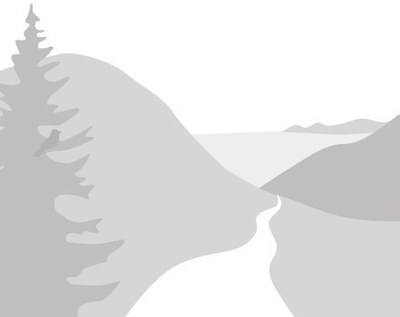
Trip
Day Hike - Lower Big Quilcene
Join the Singles Activities Committee on a Spring hike along the Big Quilcene River. The gentle trail follows the river up a valley through second-growth forest and reforested clear-cuts.
- Sat, May 4, 2019
- Tacoma Singles Activities Subcommittee
- Day Hiking
- Adults, Singles
- Easy/Moderate
- Easy
- Mileage: 10.0 mi
- Elevation Gain: 800 ft
- High Point Elevation: 2,000 ft
- Pace: 2.25
- 2 (11 capacity)
- Cancellation & Refund Policy
Meet at the Narrows Bridge Park n Ride (7201 Sixth Ave) at 7:00 am. We will meet up with other hikers at the Hood Canal Ranger District Quilcene Station at 8:30 am then carpool to the trailhead. Directions from Quilcene are as follows: Follow US Highway 101 south 1.4 miles to the Penny Creek Road. Turn right and follow Penny Creek Road to its junction with the Big Quilcene River Road; follow it 3 miles to Forest Road 27. FR 27 for 0.3 mile to FR 2700-080 and follow it downhill for 0.4 mile to the trailhead at 1.300 feet above sea level, where a primitive campsite with an outhouse is located.
Note: At the fork in the road with a blank wood sign, veer right to go uphill for .3 miles; take a left after the Lower Big Quilcene Trail sign onto a dirt road to reach the trailhead.
We'll be hiking on an abandoned logging road through second-growth forest above the Quilcene River. There are three fairly new bridges and 3 shallow streams to cross. A short section of the trail has eroded and hiking poles are recommended. We will take a lunch break at Camp Jolley and return on the same trail. An optional refreshment stop will be at the 101 Brewery in Quilcene or we can stop for ice cream at the Port Gamble General Store on the way home. Car pooling is recommended since there is limited parking at the trailhead.
Required Equipment
- Navigation
- Sun protection
- Insulation (extra clothing)
- Illumination
- First aid supplies
- Fire
- Repair kit and tools, including knife
- Nutrition (extra food)
- Hydration (extra water)
- Emergency shelter
